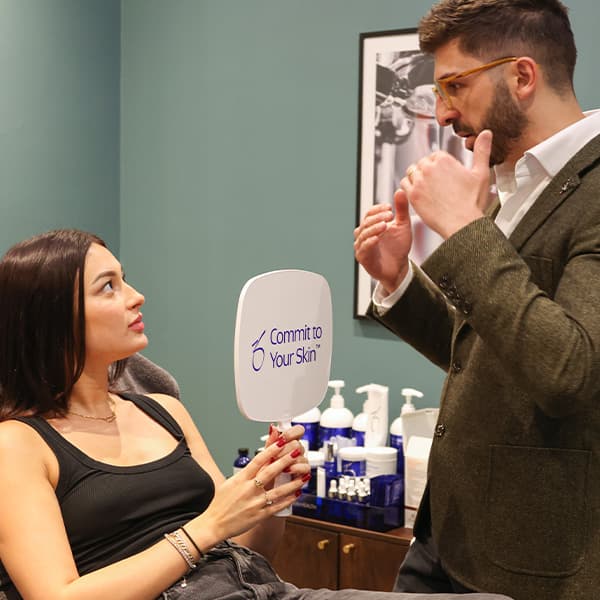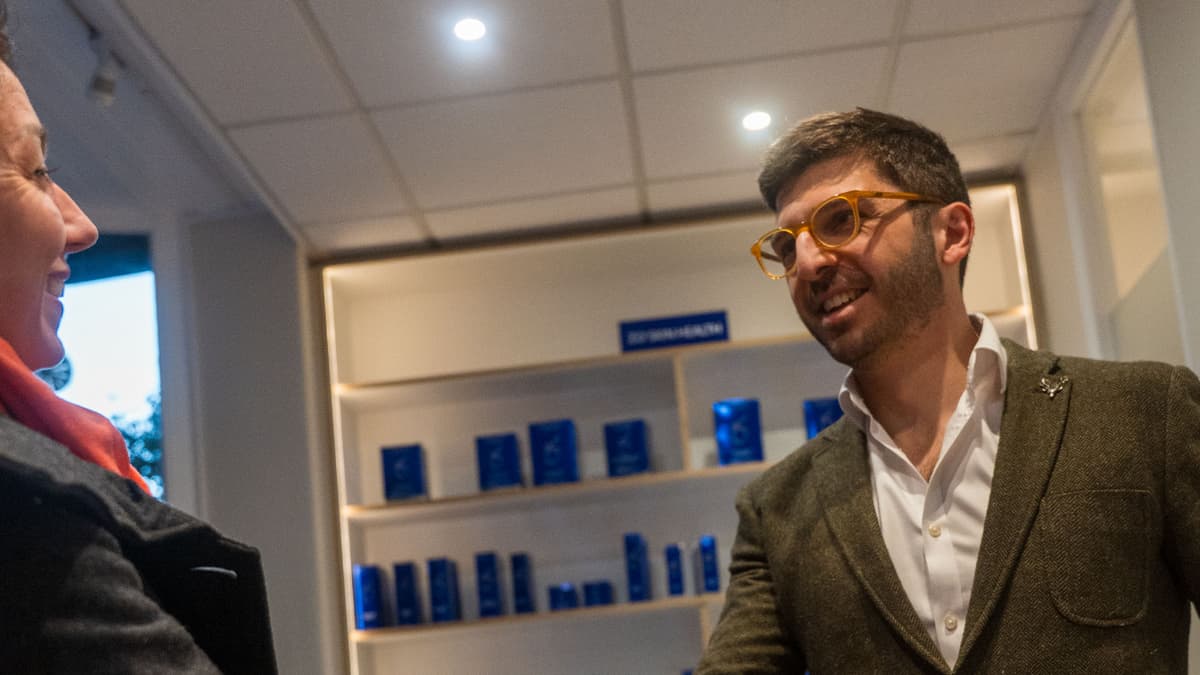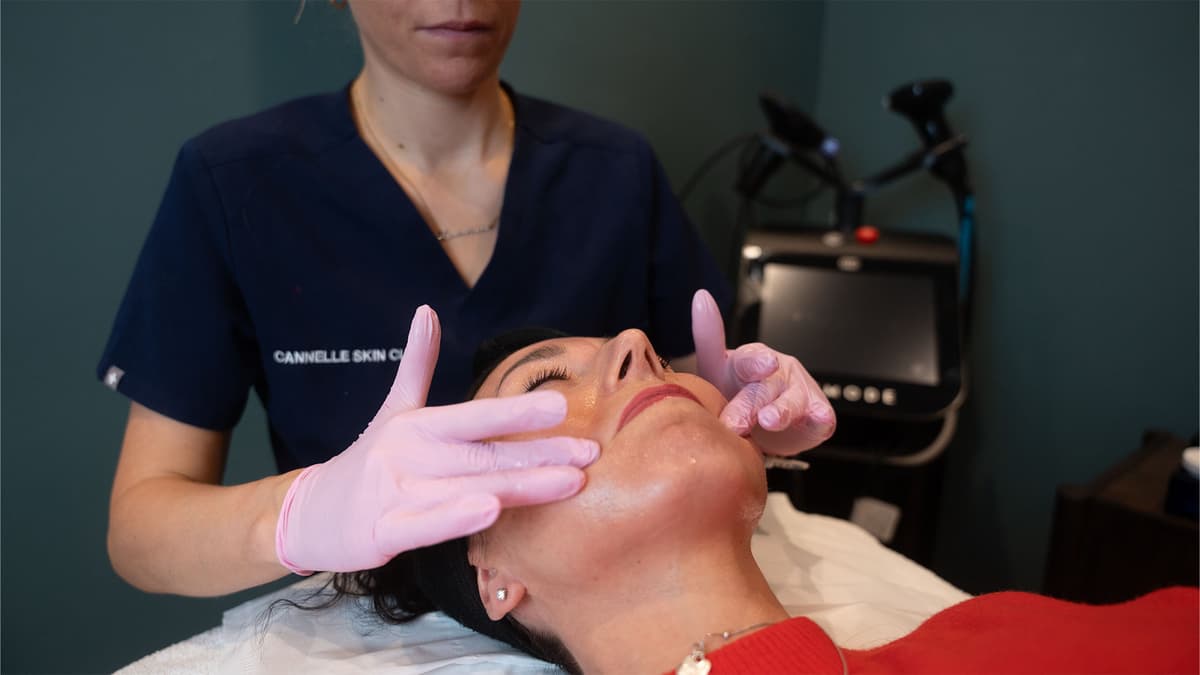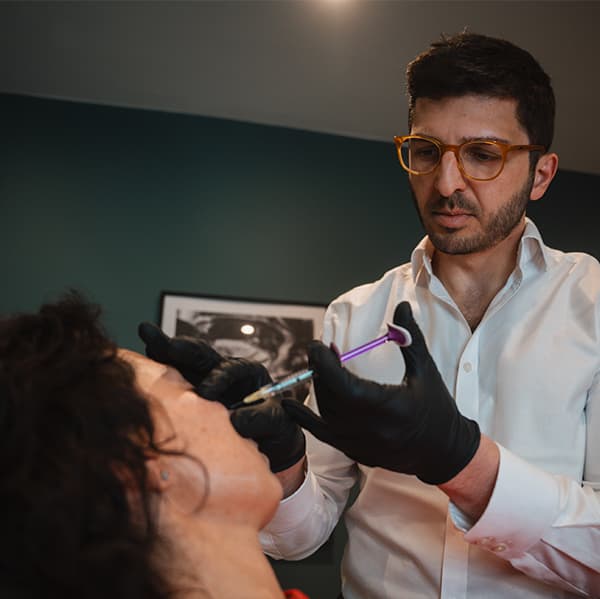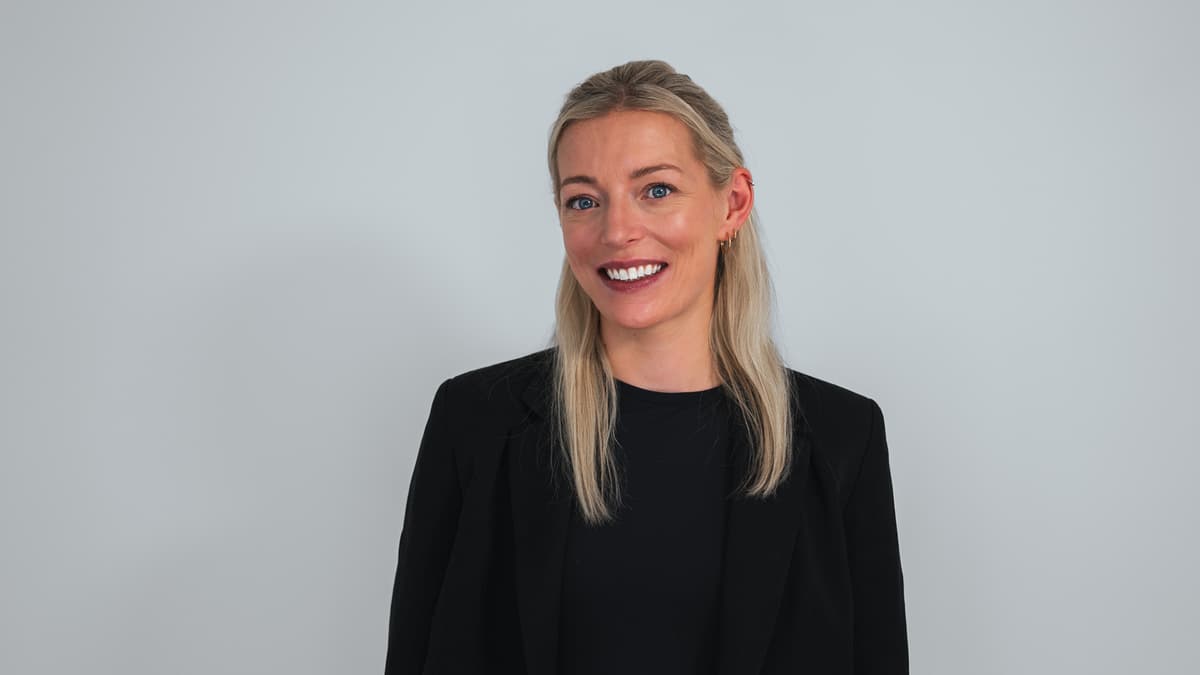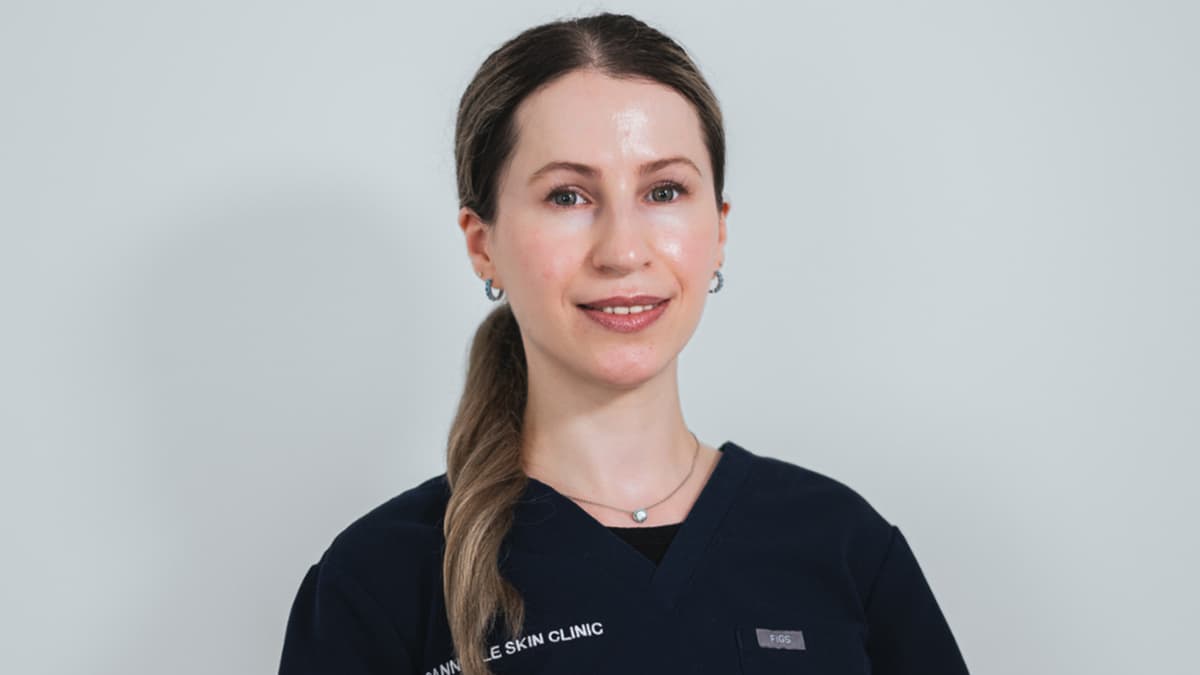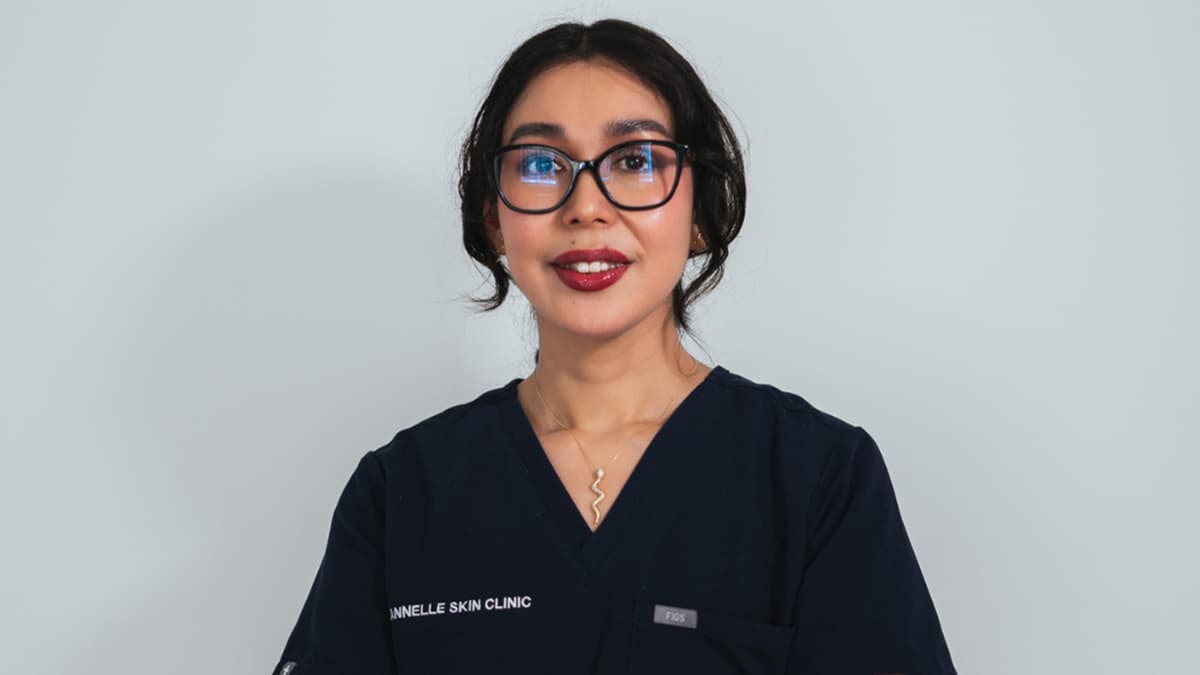What is sun damage?
Sun damage refers to the long term effects of ultraviolet exposure on the skin. Over time, UV light can cause pigmentation, lines, rough texture, broken vessels and a dull or uneven complexion. Even incidental exposure, such as walking outdoors or sitting near windows, contributes to gradual photo ageing. At Cannelle Skin Clinic in Oxford we offer a medically guided approach to assessing and treating sun damaged skin, helping you achieve clearer, smoother and more radiant results.
Sun damage is extremely common and affects people of all ages. It may appear in the form of brown spots, patchy tone, early wrinkling or general surface dryness. Because UV exposure affects the deeper layers of the skin, professional assessment is essential for choosing the right combination of treatments.


